Nest Cam IQ Outdoor vs Arlo Ultra
In a previous article, we compared the Arlo Pro 2 and Arlo Ultra. Although spawning from the same brand and providing excellent user experience, they didn’t exactly fall in the same price category. This time, we are going to compare apples to apples, and look at two security cameras of the same league: the Google Nest Cam IQ Outdoor and the Arlo Ultra. Both start with a price tag of around US$399.
Physicality
With dimensions of 3.7” x 3.7” x 5” (94mm x 94mm x 137mm), the Nest Cam IQ Outdoor is slightly bigger than the Arlo Ultra’s 3.5” x 2” x 3” (89mm x 52mm x 78.4mm). At first glance, its circular body juts out in a way more resembling traditional CCTV cameras, as compared to the Arlo Ultra’s long oval body. Both are mainly available in white (Arlo Ultra has black version restricted to certain vendors), although they could be customized with the help of skin accessories.
The Nest Cam IQ Outdoor has an operating temperature range of -40 to 113°F (-40° to 45°C), while the Arlo Ultra’s is -4 to 140°F (-20° to 60°C), so if you live in a place with more extreme temperatures, you may want to take note of the one that suits your environment (yes, we’re talking to you guys who were affected by the cold wave). Both are weatherproof, though the Nest Cam IQ Outdoor touts a slightly better IP rating (IP66) and can withstand high-pressure water jets.
Installation
The Nest Cam IQ Outdoor is known to be difficult to install, so much so that professional installation services are offered for it. After attachment to its mount, the camera can only be removed with a key provided. Yet this makes it harder to steal than e.g. a magnetic mount. The Arlo Ultra can be installed on either a magnetic or standard screw mount. The magnetic mount is provided and connects to the camera’s body in a way that allows mounting scenarios not possible previously, e.g. mounting from a ceiling.
Power Source
The Nest Cam IQ Outdoor must be plugged into an outlet. Hence, an extension cord may be needed depending on the installation site. This is so despite the accompanying cable’s 25 feet (7.6 meters) length as the AC adapter isn’t weatherproof and should only be used with indoor outlets. A weatherproof adapter can be bought separately. Being plugged in does allow for continuous streaming though, due to the camera’s lack of charging needs. The cable can be directly connected to the camera through a drilled hole in the wall—hiding it and preventing tampering.
The Arlo Ultra, on the other hand, may be powered by either a battery or a power outlet. Its battery life is around 3 to 6 months and its full charge time is 2.9 to 3.5 hours. Charging stations for charging two batteries simultaneously are also available and an outdoor-suited charging cable can be bought separately.
Lens Features
The Nest Cam IQ Outdoor has a 130-degree diagonal view which is quite good, but the Arlo Ultra’s is exceptional at 180-degree. Both feature an 8-megapixel 4k sensor with HDR and 12x digital zoom. The Nest Cam IQ Outdoor can detect a person up to 50 feet (15.2 meters away), while the Arlo Ultra’s motion detection goes up to 25 feet (7.6 meters), but is best at 5 to 20 feet (1.5 to 6 meters).
Both feature night vision enabled by high-powered infrared LEDs, which are invisible to our eyes but help illuminate dark scenes in black and white. For the Nest Cam IQ Outdoor, dark scenes may be captured for up to 50 feet (15.2 meters), compared to 20 feet (6.1 meters) for most other Nest cameras and Arlo Ultra’s 25 feet (7.6 meters). Arlo Ultra claims to have “color night vision,” however this is only possible with the switching on of its in-built spotlight—more on that later.
Built-in Audio and Microphone
Both cameras feature two-way audio, so you’re able to not only hear what’s going on but also communicate with a person on your camera’s end. Both have built-in noise cancellation. The Nest Cam IQ outdoor features a three-microphone array, and with subscription, sound detection may be enabled to e.g. get warnings on human speech, dog barks, etc. The Arlo Ultra features a dual-microphone array and a built-in siren, which the Nest Cam IQ Outdoor lacks. The siren can be triggered manually in the app or set to go off when motion or sound is detected.
Built-in Light
The Nest Cam IQ Outdoor has a small light indicating status and a large light ring around its lens to allow for clearer capturing. The Arlo Ultra, on the other hand, has a spotlight that may be triggered manually via the app or activated at night to automatically turn on with motion detection. The spotlight allows for startling potential intruders and clearer recordings. Its brightness can also be adjusted, and it can be set to shine continuously, flash or pulsate.
Streaming
Although both cameras feature a 4k sensor, the Nest Cam IQ Outdoor streams at 1080p HD. In comparison, the Arlo Ultra can stream at 4k but requires the Arlo app on your mobile device to be connected to the same local network as the SmartHub. (Side note: The Arlo Ultra requires a base station, more specifically the SmartHub, as it cannot be paired with Arlo’s older base stations).
The tradeoff for streaming resolution comes in WiFi requirements. For the Nest Cam IQ Outdoor, a broadband internet connection with at least 2Mbps upload speed is a recommendation, but for the Arlo Ultra, it is a minimum requirement (actually, the recommendation is 4Mbps). We strongly recommend you get a Mesh WiFi system to strengthen your home network—as your smart home devices grow in numbers, so will your WiFi home network have to grow in strength.
Recording
Both cameras don’t automatically offer continuous recording. For a Nest Cam IQ Outdoor without a Nest Aware subscription, only still images—captured when motion is detected—from the past three hours are kept in the cloud. A Nest Aware subscription starts at US$5 per month for 5 days of recording, US$10 for 10 days and US$30 for 30 days.
Recordings are stored at 1080p and only on the cloud as the Nest Cam IQ Outdoor does not support local storage. Portions of video history may be converted into clips and shared with others, e.g. friends and family. A recording schedule or automatic on/off when going out of the house may be set.
Recordings of the Arlo Ultra work in a more complex but tailorable way. The Arlo Ultra allows for the setting of modes and rules. For example, a camera can be set to record when it and/or another camera detects motion or sound. Push notifications may be sent and email alerts may be received by either you or another contact. You can specify how long the camera records after activity detection or until the activity stops (only up to 5 minutes).
Continuous video recording requires the Arlo Ultra to be plugged into an outlet and the purchasing of a CVR plan—either 14 or 30 days of continuous recording. Downloading CVR videos are currently not possible, and they can only be viewed from the cloud. If not subscribed to an Arlo Premium Recording plan, the best quality video your Arlo Ultra can record is 1080p.
Another thing to bear in mind is that the Arlo Ultra offers no free cloud storage. Instead, you get a one-year free Smart Premier plan with a 30-day video history. After its expiration, a continuation of the Smart Premier plan comes at US$9.99 per month. There is also a lower-tier plan, Arlo Smart for US$2.99 per month (also 30-day video history) and a higher tier plan, Arlo Smart Elite for US$14.99 per month (60-day video history). Alternatively, motion-activated clips (not continuous recording) may be recorded in 4k on local storage—microSD card—in the SmartHub without a subscription.
Zoom and Pan
Both cameras allow manual zoom when watching a live stream (by pinching your fingers on the screen). However, they both also have an auto-zoom and a pan feature titled differently: “Supersight” on the Nest Cam IQ Outdoor and “Auto Zoom and Tracking” on the Arlo Ultra. Both are triggered differently. “Supersight” detects a person’s face, zooms in and pans to follow their movement. Videos will still be saved in full-frame and can be zoomed in when viewing on the Nest app. “Auto Zoom and Tracking” zooms in and follows motion when it is detected. The tracking clip may be recorded at 1080p to the cloud with subscription, or to local storage without.
Object Detection
The Nest Cam IQ Outdoor features a person alert. It can notify you when a person is spotted along with a snapshot of the person. For actual facial recognition, a subscription is needed. The camera is trained to identify familiar faces by asking if you know unrecognized faces spotted.
The Arlo Ultra can send alerts on the detection of people, vehicles, animals, and packages (still in beta) with a subscription. However, it does not support facial recognition. For certain Arlo Smart subscriptions in the US, you can make emergency phone calls upon receiving alerts and have responders directed to the address specified in your Arlo app, instead of the location of your call.
Activity Zones
With the Nest Cam IQ Outdoor and a subscription, Activity Zones may be created where you can specify the type of notifications (e.g. motion, person detection, both or none) you’ll like to receive for specific areas. Activity zones may be set for the Arlo Ultra without a subscription but without one, the camera must be plugged into a power source. With zones set up, the Arlo Ultra can be told where to (or not to) detect and record motion.
Integration & App Support
Both cameras have a wide range of control integration possibilities, including Amazon Alexa, Google Home, and IFTTT. Both Apps are supported by Android, iOS, and Web but Arlo Ultra also adds FireOS (Amazon lovers, there we go).
Comparison without Subscription
|
|
Nest Cam IQ Outdoor | Arlo Ultra |
|
Operating temperature |
-40 to 113°F (-40° to 45°C) | -4 to 140°F (-20° to 60°C) |
|
Weatherproof rating |
IP66 (able to withstand high-pressure water jets |
IP65 (able to withstand low-pressure water jets) |
|
Power source |
Power outlet only |
Power outlet or battery |
|
Field of view |
130-degree diagonal view |
180-degree diagonal view |
|
Sensor specs |
8-megapixel 4k with HDR and 12x digital zoom |
8-megapixel 4k with HDR and 12x digital zoom |
|
Detection range |
Up to 50 feet (15.2 meters) |
Up to 25 feet (7.6 meters) |
|
Night vision enabled by high-powered infrared LEDs |
Yes (up to 50 feet)
Black and white |
Yes (up to 25 feet)
Black and white, or color with help of a spotlight |
|
Streaming resolution |
1080p HD |
4k (app must be connected to the same local network as SmartHub) |
|
WiFi needs |
Recommended: Broadband internet connection with ≥2Mbps upload speed |
Required: Broadband internet connection with ≥2Mbps upload speed required; Recommended: 4Mbps upload speed |
|
Base station |
Not required |
Required, must be SmartHub |
|
Recording and storage |
Via cloud
Still images captured after motion detection (only from past three hours) |
Via microSD card local storage
Motion-activated clips (up to 5 minutes) |
|
Audio and microphone |
Two-way (listen and talk)
Three-microphone array |
Two-way (listen and talk)
Dual-microphone array |
|
Siren |
None |
Can be triggered manually or automatically with motion/sound detection |
|
Zoom and pan |
Manual zoom in live stream
“Supersight,” detects a person’s face and automatically zooms in and pan to their movement
|
Manual zoom in live stream
“Auto Zoom and Tracking” on moving object, record in 1080p to microSD card |
|
Activity zones |
None |
The camera must be plugged in |
|
Person alert |
Yes |
None |
|
Light |
Small status light and large light ring around the lens |
Spotlight can be manually triggered or automatically triggered with motion; brightness-adjustable, may be set to constant shine, flash or pulsate |
|
Control integration |
Amazon Alexa, Google Home, IFTTT |
Amazon Alexa, Google Home, IFTTT |
Main Takeaways
Alas, which of the two? Picking between the two is a tough choice. They are both state-of-the-art, each with its own tradeoff and there is not one that clearly beats the other. We don’t want to say “it depends” but—it really does depend.
- The Nest Cam IQ Outdoor is more heavy-duty and has further detection range and facial recognition capabilities. Yet the Arlo Ultra offers more enhanced security features such as a built-in siren, spotlight and emergency call coordination.
- The Nest Cam IQ Outdoor works in a simpler way, recording only in 1080p to the cloud and requiring either one of three subscription choices to do so.
- The Arlo Ultra recording is less straight-forward but more versatile. It supports both cloud and local storage in 1080p or 4K, but requires different subscriptions for different modes of recording. It also offers a year of free subscription.
- In some cases, operating temperature restrictions take away a choice. Be aware of your needs.
- In the long run, subscription fees for the Arlo Ultra would be cheaper than the Nest Cam IQ Outdoor’s if you opt for Arlo Smart’s cheapest plan, which would still give you a 30-day video history. However, that history would not include continuous recording without additional fees.
Comparison Table with Subscription in the US
|
|
Nest Aware Subscription |
Arlo Smart Subscription |
|
Pricing |
5-day: US$5 monthly or US$50 yearly (for the first camera) 10-day: US$10 monthly or US$100 yearly (for the first camera) 30-day: US$30 monthly or US$300 yearly (for the first camera) |
Arlo Smart: US$2.99 monthly (per camera) Arlo Smart Premier: US$9.99 monthly (up to 10 cameras) Arlo Smart Elite: $14.99 monthly (up to 20 cameras) |
|
Recording and storage |
Continuous 24/7 recording at 1080p, via the cloud: 5-day, 10-day or 30-day video history
Clips may be shared with others |
Continuous 24/7 recording requires CVR plans: 14-days: US$9.99 monthly (per camera) 30-days: US$19.99 monthly (per camera)
Cloud storage with Smart subscriptions: Arlo Smart: 30-day video history Arlo Smart Premier 30-day video history Arlo Smart Elite: 60-day video history
CVR videos not downloadable needs to be viewed from cloud
Must subscribe to Premium Video Recording to store clips via the cloud in 4k: US$1.99 monthly (per camera), otherwise record in 1080p
|
|
Specific sound alerts |
Yes (e.g. dog barking, human speech) |
Non-specific |
|
Zoom and pan |
“Supersight” recording saves in full-frame to cloud and can be zoomed in during viewing |
Save “Auto Zoom and Tracking” clips in 1080p to cloud |
|
Activity Zones |
Yes |
Yes and without having to be plugged in |
|
Object detection and recognition |
Facial recognition |
People (but not facial), vehicles, animals, and packages (still in beta)
With Arlo Smart Premier or Arlo Smart Elite, can make emergency calls with a phone and direct responders to pre-specified address instead of phone’s location
|


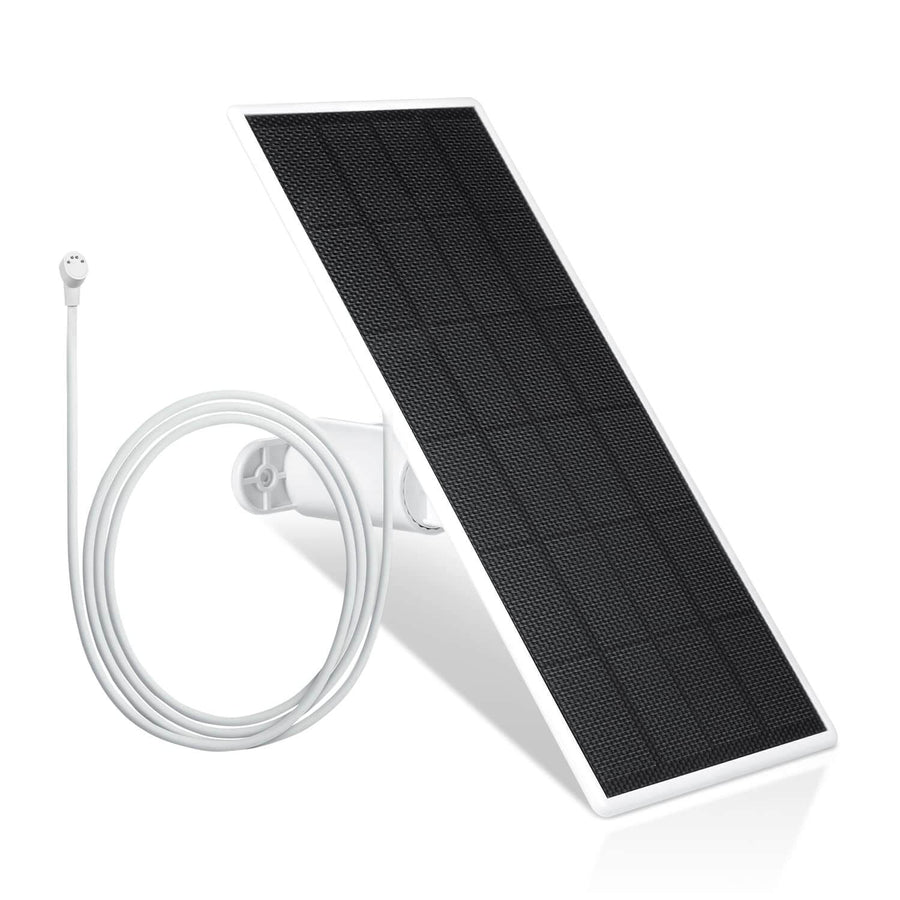
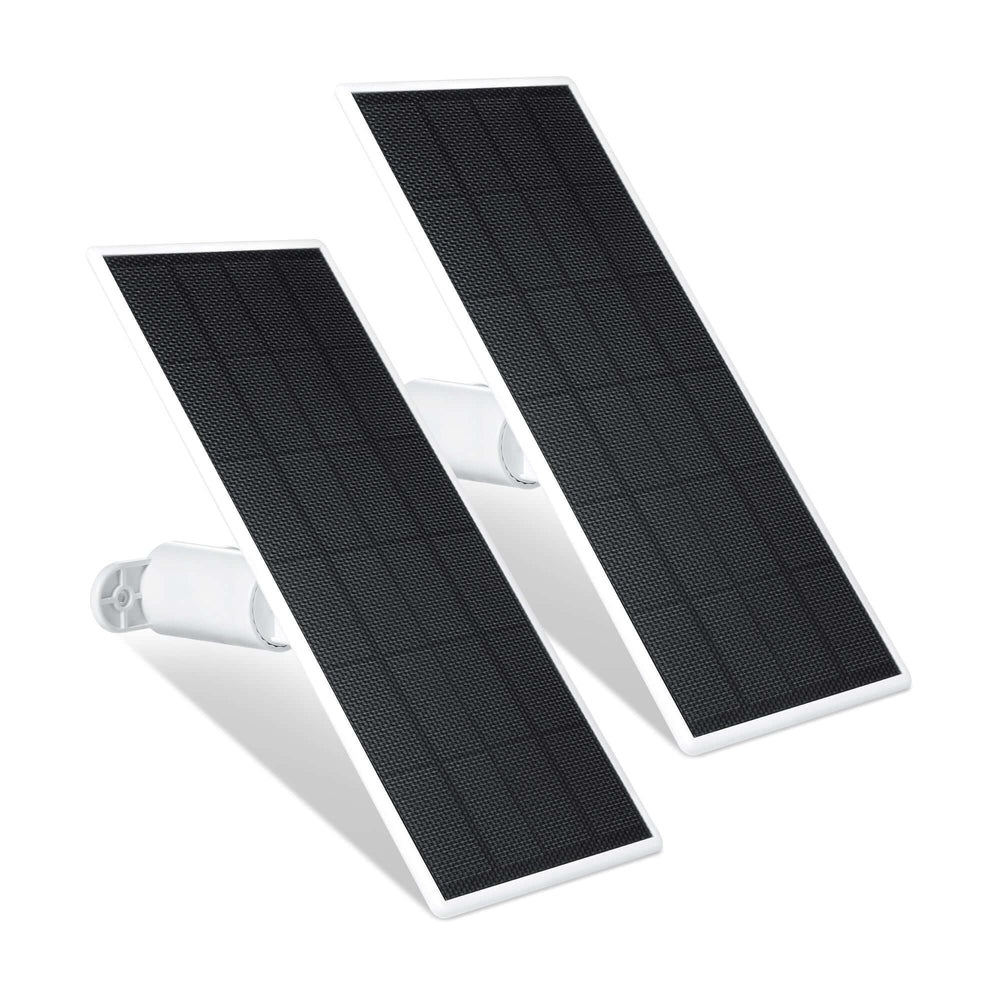
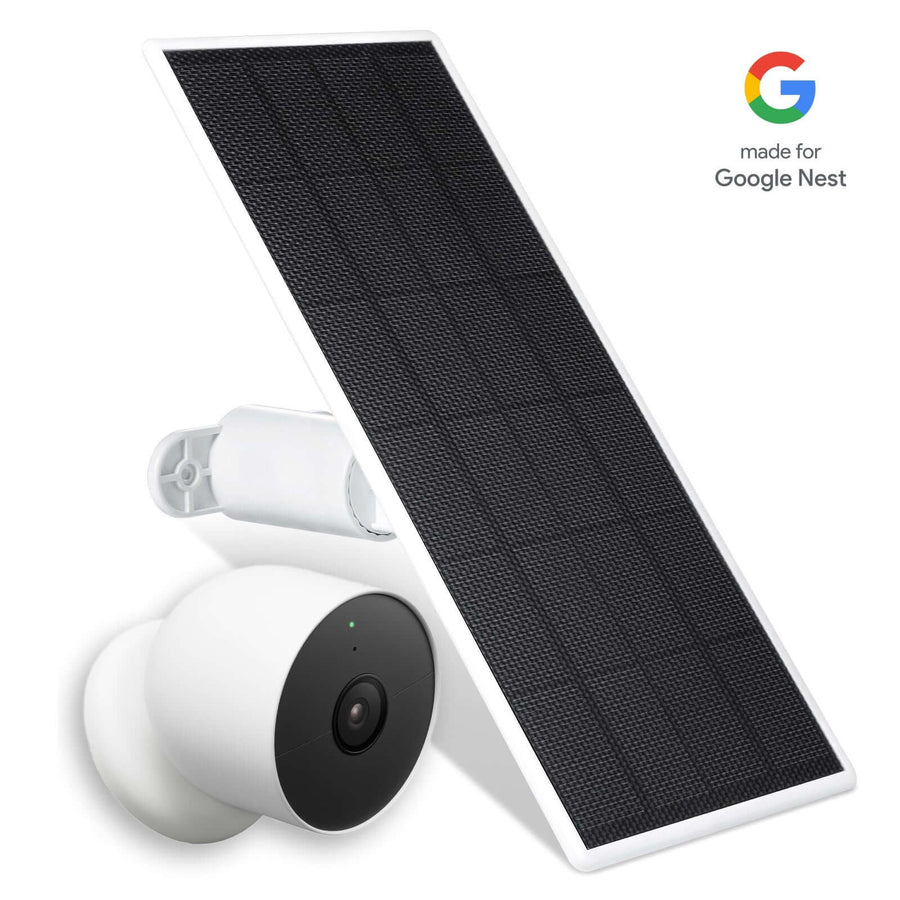
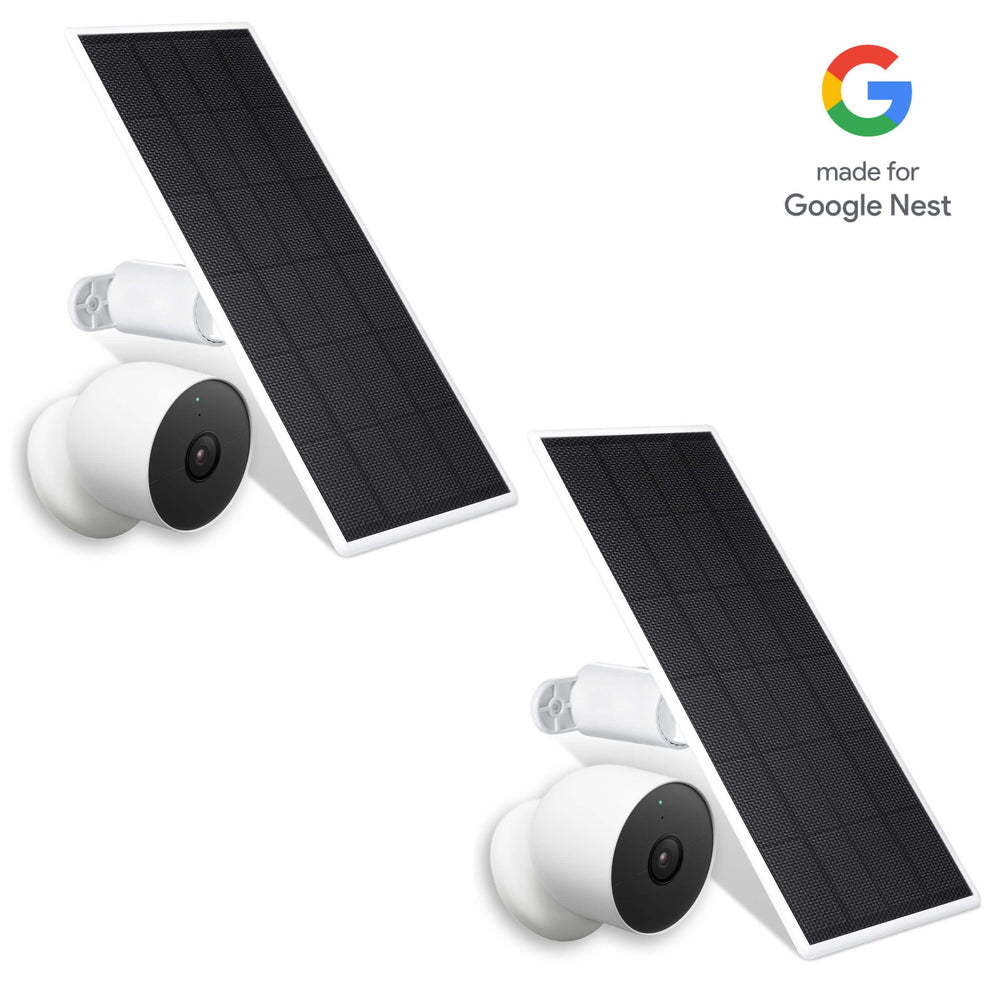
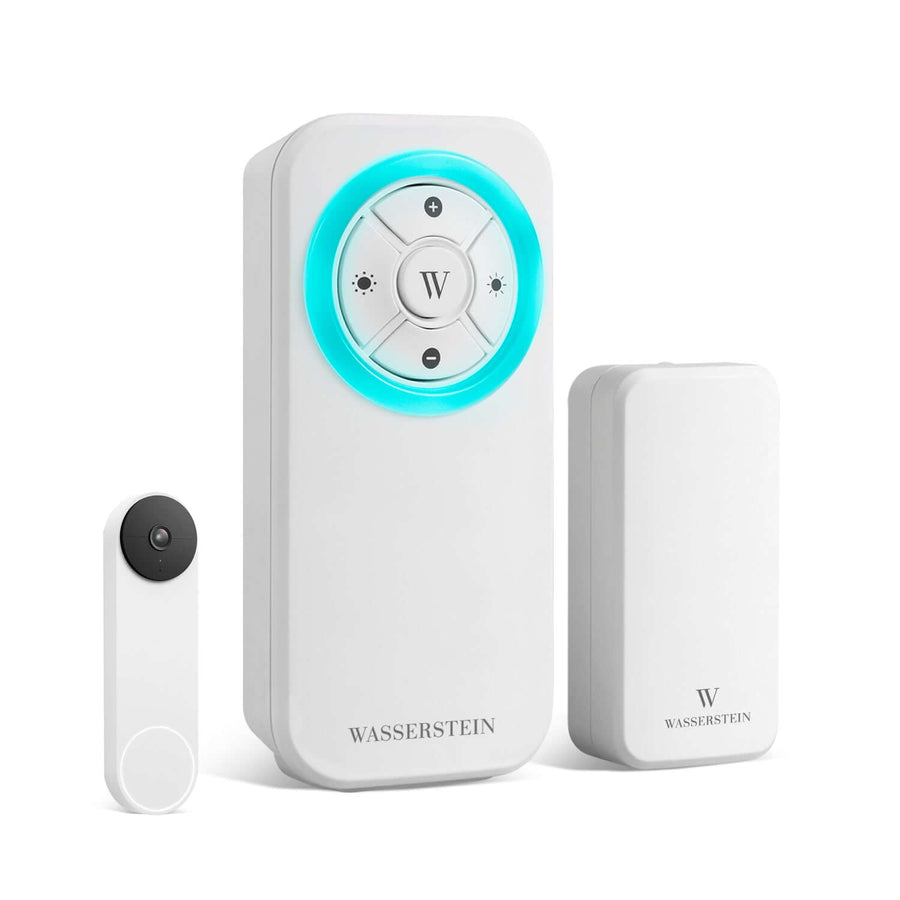
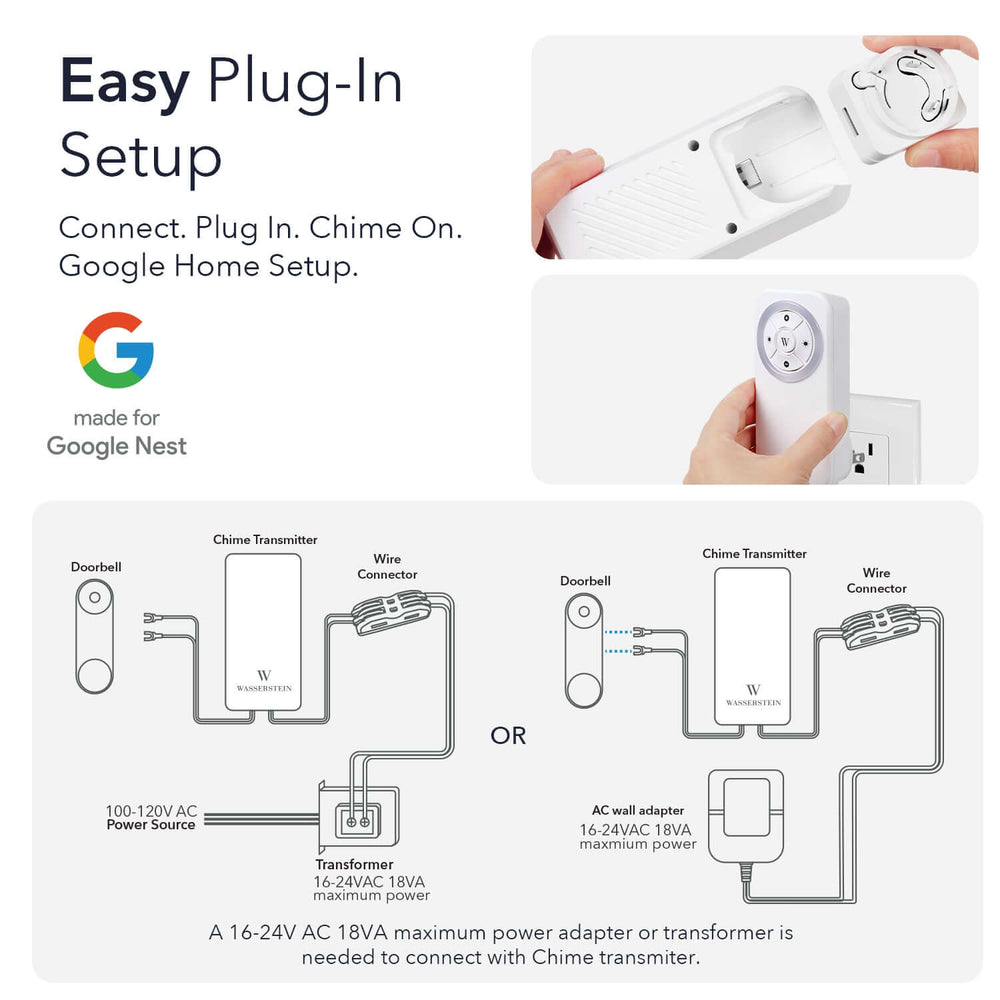


Ultimately, when comparing the Arlo Ultra vs. Nest Cam IQ Outdoor, I think it’s pretty clear that Arlo Ultra has the edge. With its features like the 4K video, local back-up, a built-in siren and it’s attractive as it stands, it has the potential to become the top choice of home security cameras. And consider that it’s also slightly less expensive than the Nest Cam, it’s definitely worth it!
Leave a comment